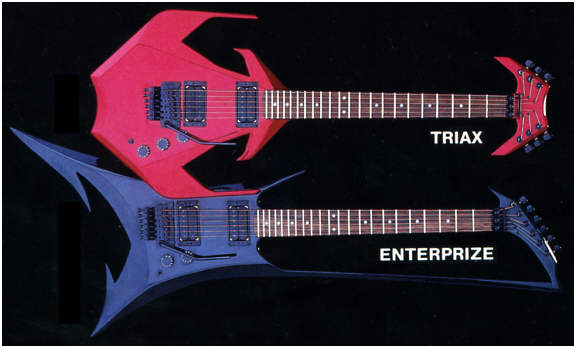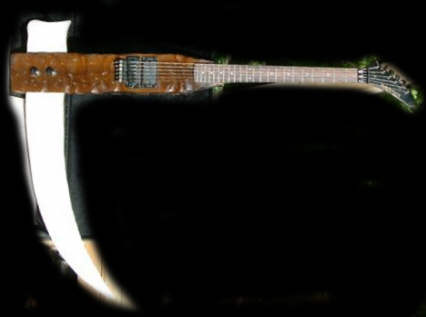The electric guitar is still an acoustic instrument. Four equal components make up the tone of the instrument: (1) the pickups, (2) the wood, (3) the amp and speakers (4) and the gauge and height of the strings. The wood of a guitar can absorb some frequencies and resonate at others.
The pickups can only pick up what the string is doing so if you have a guitar that absorbs frequencies between 150 and 450hz, you will have thin sounding treble strings.
If your guitar resonates well between those frequencies you will have more solid treble strings. Guitars that are more resonant allow you to use a lower output, brighter pickup and still get the same volume from the instrument.
Lower output pickups also give more of that twang on the wound strings. For this reason we sell more stock pickups than over wound models.
We also caution our customers not to ask for more power than they actually need -- for every 5% more turns on any pickup, you will get 5% more mid-range but 5% less high-end. See graphic below for an example:
 * Note:5% (+) Overwind = 5% More Power, 5% More Mids, but 5% Less Highs 5% ( - ) Underwind = 5% Less Power, 5% Less Mids, but 5% More Highs
* Note:5% (+) Overwind = 5% More Power, 5% More Mids, but 5% Less Highs 5% ( - ) Underwind = 5% Less Power, 5% Less Mids, but 5% More HighsHow a Pickup Works
A magnetic pickup is a coil of wire around a magnet(s). A steel string vibrating close to the magnet pushes and pulls the magnetic field through a stationary coil. This "induces" a signal which will be amplified.
What type of magnet structure and coil determines the tonal characteristics. Our pickups are offered in a variety of outputs in as little as 2.5% increments to fit the needs of any guitarist’s taste.
More turns on any pickup will give a stronger, thicker but darker sound
(see example above). Stronger pickups sound better for single string playing (plain strings). Lower output pickups sound better in chords (wound strings). All of our pickups are potted in wax for reduced micro-phonics and better durability.
On most guitars, we recommend the bridge pickup to be 10-15% stronger than the neck pickup. Our
Replacement Strat Style and
Replacement Tele Style sets reflect this. In P-90's or
Humbuckers, we suggest ballpark ohm readings. (i.e. Humbucker set 8K neck - 9K Bridge).
» Read and learn more about guitar pickups
here"Fine Tuning"
There are many ways to tweak a guitar’s tone:
Lowering pickups into the body may sound better, but will produce less output.
Experiment with pickup heights until you find your own "sweet spot."
ALNICO rod pickups that are too close to the strings can "pull" the string out of tune, especially on the bass side of neck pickups.
Bigger frets, heavier bodies and maple face plates can add to the highs and thin out the midrange, as do heavier nuts (brass) and bridges (locking tremelos).
Shielding, on the other hand, reduces highs by raising the capacitance of the circuit. Shielding the coil has more of this effect than shielding the body cavity because it places the shielding closer to the coil itself. Therefore, we do not recommend shielding the coils or the inside of plastic covers because of potential damage and shorting out of the pickup.
Volume pots put a small short across the pickup dampening highs so a larger value pot will make a guitar a little brighter and a smaller value pot will make it darker. A resistor can be added across the pickup (hot to ground) to achieve resistances between standard pot values. ( a 330k resistor added to a 250k pot gives a 145k short across the pickup).
A good tone out of your instrument can make playing more rewarding— so experiment and enjoy!Source:http://www.fralinpickups.com





